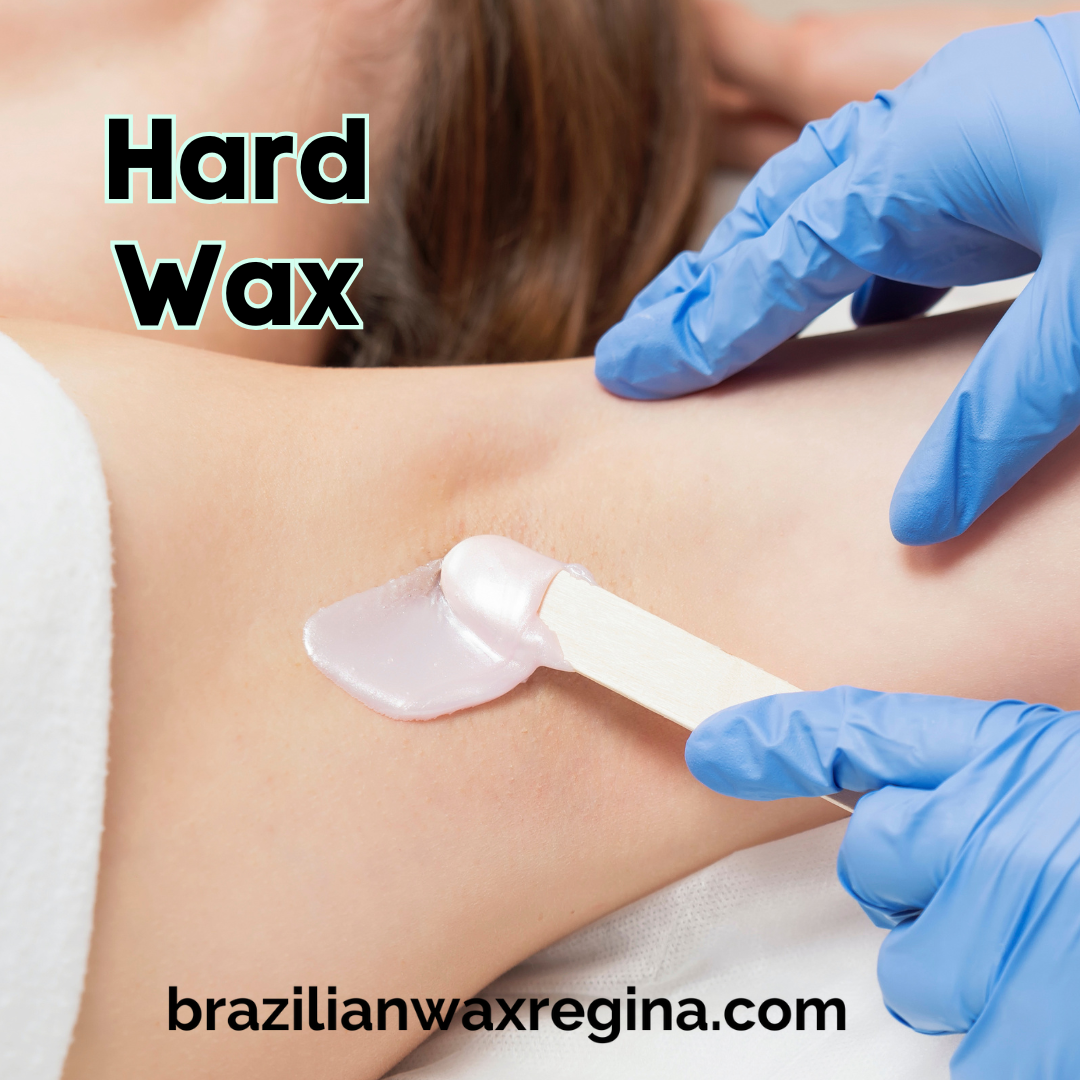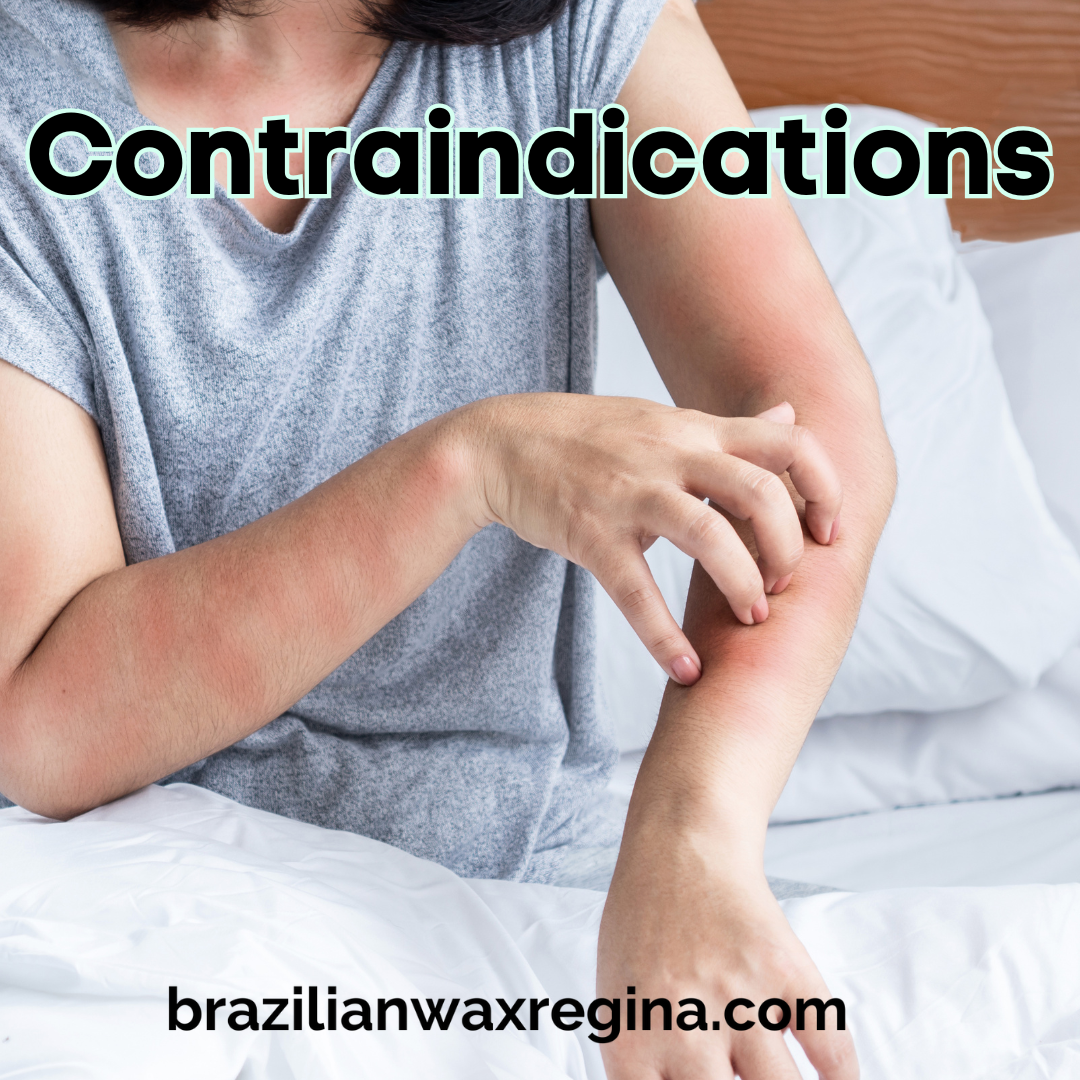
General Information About Waxing
This site contains affiliate links to products. As an Amazon Associate, I earn money from qualifying purchases.
Types of wax
HARD WAX
Hard wax is thicker than soft wax and works by hardening on your skin — hence, the name. Once it hardens, you can remove it with your hands, so there’s no need for waxing strips. This makes the process a lot less painful.
SOFT WAX
Soft wax is used with “strips.” You apply the warm wax, lay a strip on top and pull off. It is usually used in larger areas, but can also be in combination with hard wax.
Preventing PAIN during waxing
The pubic area is one of the most sensitive areas of the body. Over time, removing hair becomes weaker and grows more slowly, leading to less frequent waxing.
Your first wax is likely to be the most uncomfortable (and even then, it’s not as bad as people make out!). After a regular waxing schedule, you will be much more comfortable during appointments.
Things you can do to help relieve the pain.
Avoid caffeine on the day of your appointment.
Use a quality numbing cream.
Make sure the area is well moisturized
Avoid alcohol from the evening before the appointment.
Get a good night’s rest.
Take two ibuprofen 2 hours before the appointment.
Avoid scheduling your appointment four days before your period or four days after your period.
Regular waxing sessions every 4 to 6 weeks will also help to prevent discomfort.
These are my favourite numbing products:
Check out the blog post on the best numbing creams for more options!
CONTRAINDICATIONS:
Contra-indications that PREVENT waxing: Waxing should not be done while using these medications or treating these conditions, and not until three months after completing the treatment. Please get in touch with your esthetician for a consultation before booking an appointment.
- Contagious skin diseases.
- Retin A., AHAs or skin peeling treatments
- Thin or fragile skin.
- Use of steroid medication.
- Sunburn or rash.
- Accutane (Acne medication) – You must be off this medication treatment course for a minimum of one (1) year before waxing.
- Tanning 24 hours before the appointment
The following factors are known to make those who are waxed more prone to “skin lifting,” where the top layer of skin is torn away during waxing treatment:
- Using Tretinoin, Tazarotene, Adapalene, Azelex, or any other peeling agent;
- Taking blood-thinning medications;
- Taking drugs for autoimmune diseases, including lupus;
- Taking prednisone or steroids;
- Psoriasis, eczema, or other chronic skin diseases;
- Recent sunburn;
- Recent cosmetic or reconstructive surgery;
- Recent laser skin treatment;
- Severe varicose leg veins;
- Rosacea or very sensitive skin;
- History of fever blisters or cold sores (waxing can cause a flare-up);
- Using hydroquinone;
- Recent surgical peel, microdermabrasion or chemical peel using glycolic, alpha hydroxy, salicylic acid, or other acid-based products
- Allergies to some oils and fragrances
- Dry skin
- Dehydration
My recommendations



